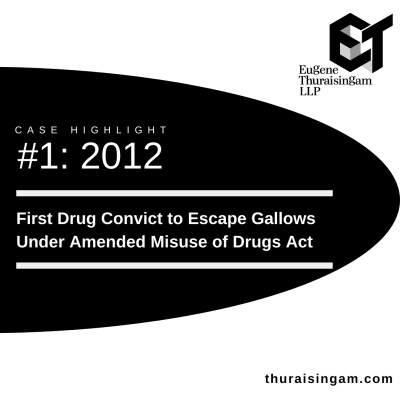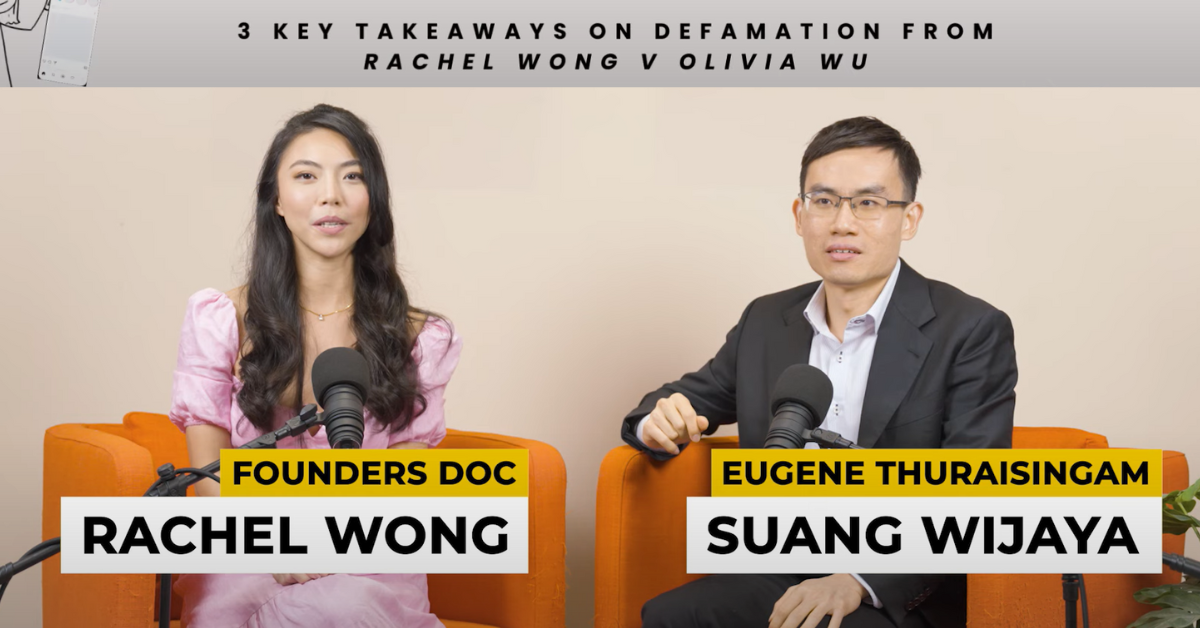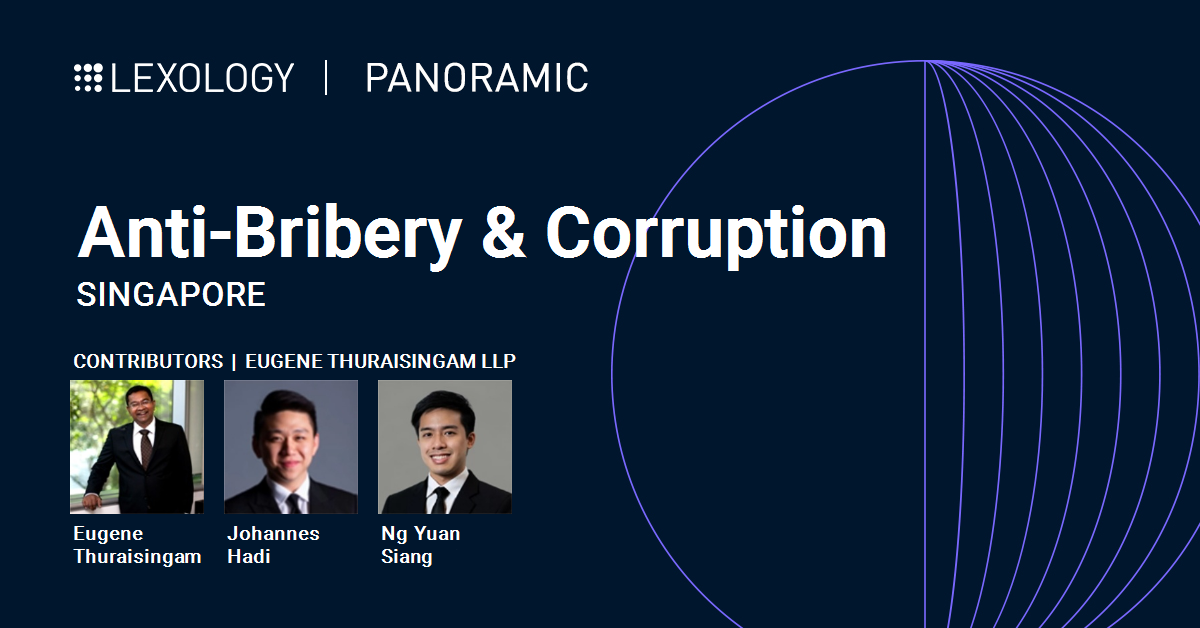First Drug Convict to Escape Gallows Under Amended Misuse of Drugs Act
Dinesh Pillai a/l K Raja Retnam v Public Prosecutor [2012] 2 SLR 903;
Dinesh Pillai a/l K Raja Retnam v Public Prosecutor [2012] 4 SLR 772
Previously, those convicted of trafficking more than a specified quantity of drugs (for example, heroin weighing 15 grams or more) received the death penalty. This was so, no matter the circumstances of each individual. There were no exceptions.
1 January 2013 brought a sea change to the capital punishment framework in Singapore. After that date, such drug traffickers became eligible for life imprisonment, if certain conditions were met. Offenders who had been sentenced to death before 1 January 2013 could apply for re-sentencing if they met these conditions.
Dinesh Pillai a/l Raja Retnam (“Dinesh”) was one of our first clients. He was convicted and sentenced to death before the new death penalty framework came into force on 1 January 2013. His case came up before the Court of Appeal twice: first, his appeal to the Court of Appeal against the trial Judge’s verdict of guilty (Dinesh Pillai a/l K Raja Retnam v Public Prosecutor [2012] 2 SLR 903) and, second, his application for the Court of Appeal to quash its previous decision finding him guilty (Dinesh Pillai a/l K Raja Retnam v Public Prosecutor [2012] 4 SLR 772). Both matters were decided against Dinesh.
Fortunately, Dinesh’s sentence of death was stayed pending the 2012 reforms to the capital punishment framework for drug offences. Subsequently, Dinesh successfully applied for his death penalty to be substituted with life imprisonment. This was on the basis that he was suffering from major depressive syndrome at the time of his offence, and this substantially impaired his mental responsibility for his offence. Dinesh was the first drug offender to escape the gallows under the reformed capital punishment framework.






